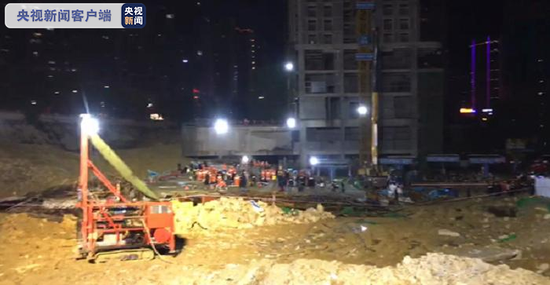A Definitive Guide to Chinas Economic Cycle(3)
2017-03-24 编辑:
Note that the accuracy of cycle prediction is inversely correlated with the length of the cycle. The longer the cycle, the more vague and inscrutable the lurid details in the economic data will become. As such, the Kondratieff Cycle is easily the most disputed. Samuelson dismissed the Kondratieff Cycle with a footnote: “whether these long waves are simply historical accidents due to chance gold discoveries, inventions and political wars, it is still too soon to say”.
Focus Chart 3: The long-term cycle in the US economy.


Even for Kondratieff who theorized the cycle, he sounded hesitant as he postulated about the cycle in his first paper: “in the preceding sketch we had no intention of laying the foundations for an appropriate theory of long waves”. At that time, Kondratieff believed that the cycle was endogenous to a capitalist system, and that an upswing was emerging. Such believes contradicted the “communist ideal”, and was deemed “reactionary”. Kondratieff was soon deported to Siberia without trial, and sentenced to solitary confinement.
In Focus Chart 3, our study of the US data in the past 100 years confirms the Kondratieff Wave. For the lack of long time series, we are not able to demonstrate the long waves in the Chinese economy in this report. We are confident that it exists, as it has been demonstrated in many other economies. But such long waves are of little relevance to shorter-term trading calls. Indeed, even the Juglar Cycle and the Kutnets Cycle that tend to last well over a decade, but significantly shorterthan the Kondratieff Cycle, can be imprecise when applied to short-term market fluctuation, and easily outlast many investment analysts’ career. We are a little concerned when we see pundits using the Juglar Cycle to explain strong sales of heavy trucks and excavators in recent quarters. It is like shooting mosquitoes with a canon.
China’s upstream inventory cycle is a long leading indicator.
China’s upstream inventory cycle is a long leading indicator for asset prices. And it has also peaked. Our research shows that China’s upstream inventory cycle is a long leading indicator for asset prices. It leads Chinese stocks by around 9-12 months, and the Chinese property price cycle by even longer (Focus Chart 4). This upstream cycle has been in place consistently for well over a decade, and demonstrated a consistent property of leading the other asset prices (Please refer to our recent report “” on 20170307). Its lead over the other asset classes is even longer than China’s real interest rate cycle, a leading indicator we have discussed for a few times in our previous report. (Please refer to “” on 20160418. This report marked a significant local peak in China’s iron ore and rebar prices).
Focus Chart 4: Cycles in various asset classes in China intertwining across time, with upstream inventory cycle leading

Intuitively, upstream inventory is the most sensitive to the changes in the economy. Such sensitivity gives the upstream inventory cycle its property as a long leading economic indicator. As producers and merchants expect an economic upturn, they express their expectation by replenishing inventory. Their restocking activities can then set the tone for others, and initiate a virtuous cycle as the upstream restocking effects flow through unto mid and down stream industries, and vice versa. If the upstream iron ore cycle maintains its lead by around 9-12 months, and the cycle has peaked around last May, then now stocks strength will start to wane, too.
Focus Chart 5: The strong seasonality in upstream commodity cycle - it has peaked.

Upstream inventory has clearly peaked: We have also found strong seasonality in rebar inventory cycle – it tends to build up during the first quarter of every year, and then gradually depletes for the rest of the year (Focus Chart 5). Importantly, of the ten inventory cycles in the past decade, only 2007, 2009, 2011 and 2016 did not completely deplete the inventory accumulated during the year by year end. Before 2016, these inventory cycles tended to be two years apart, denoting the length of the cycle completion. Each of these heightened inventory cycles in Focus Chart 5corresponds to the peak years seen in Focus Chart 4. The upstream inventory cycle in 2009 is most unusual, with significant excess inventory left at year end – most likely the aftermath of the 4-trillion stimulus pact.
